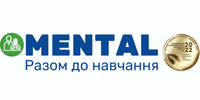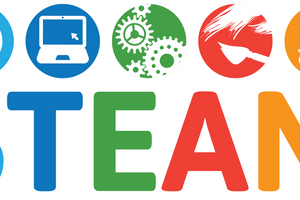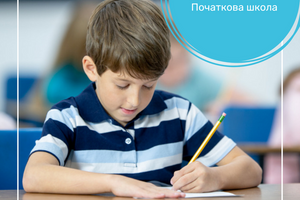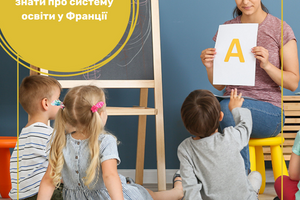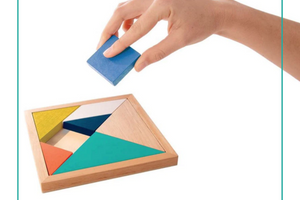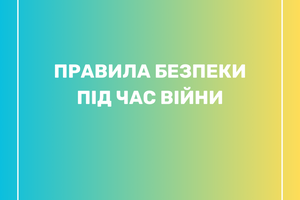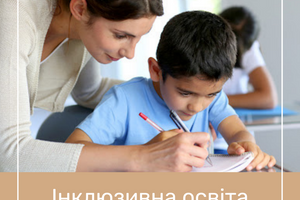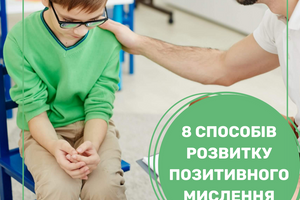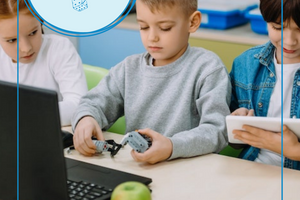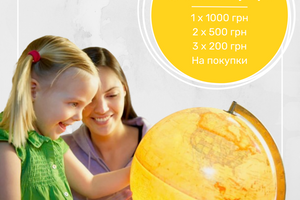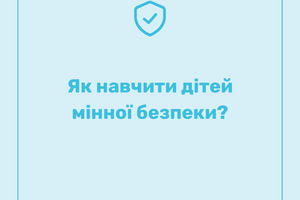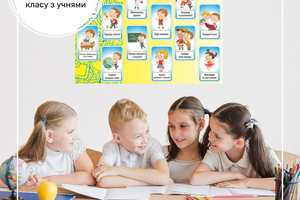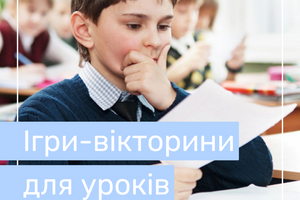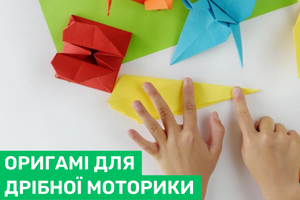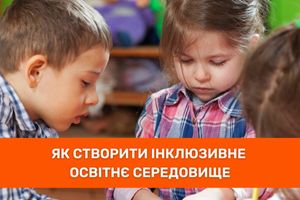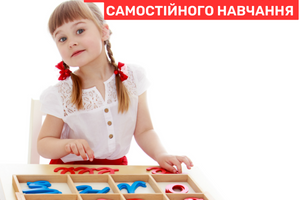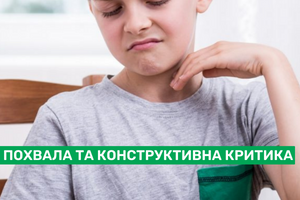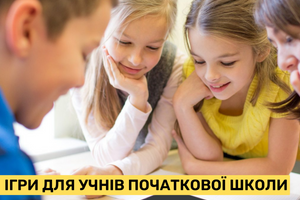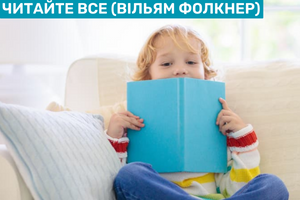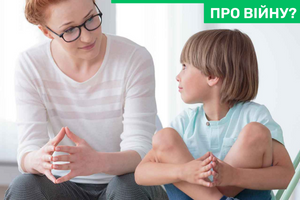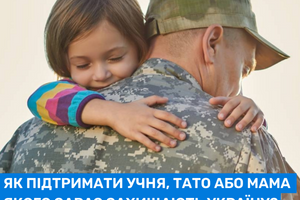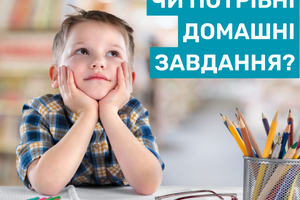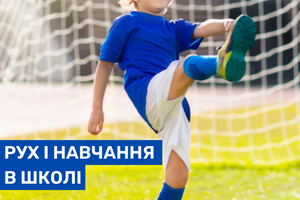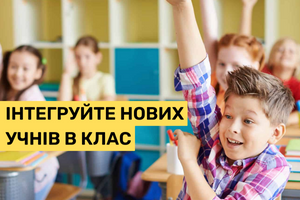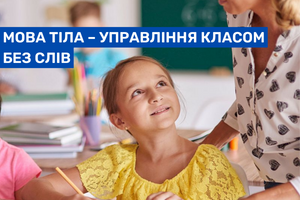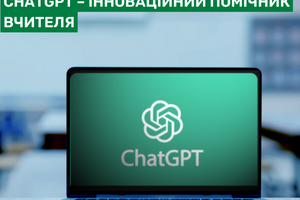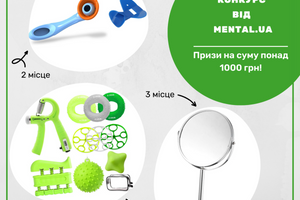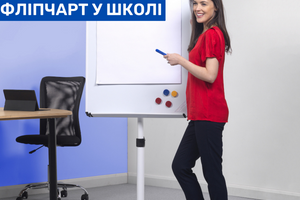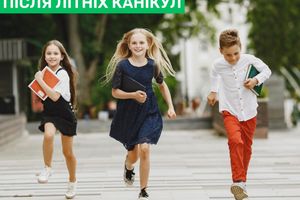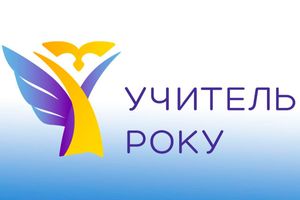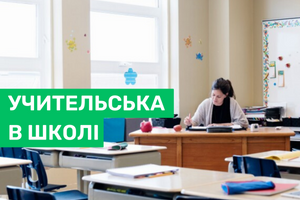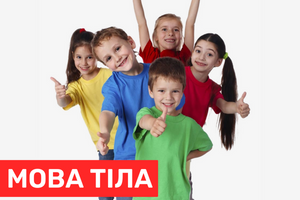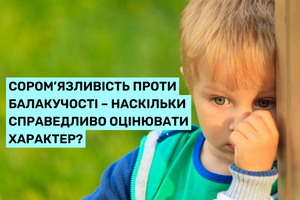How to organize a math corner at school? What should be in it? What elements should be taken care of. How to support students' passion for learning mathematics.
The goals of education in preschool education, according to the new basic program, should be implemented in relation to four areas of child development. Physical, emotional, social and cognitive. The student must achieve the goals contained in the process of education and training by transforming simple practical and intellectual activities into more complex activities.
The general development goals achieved at the end of the first stage of preschool education are achieved by the student by performing tasks that require multi-directional activities.
The essence of mathematical education is the discovery and study of basic mathematical concepts, i.e. numbers, arithmetic operations. The process is complex, based on the student's intuitive mathematical activity and thinking.
Therefore, the teacher should plan lessons in such a way that mathematical knowledge is gradually transformed into a logical system - from concrete thinking to conceptual thinking.
The student must acquire skills and knowledge in the following areas:
- understanding of spatial phenomena and features of size,
- understanding of numbers and their properties,
- reading mathematical texts,
- understanding of geometric concepts,
- application of mathematics in life situations and other areas of education.
The game of mathematics is very important in the development of children. In a properly equipped math corner, you can offer children interesting math tools and games. They can solve intellectual problems, develop memory, vocabulary, imagination, creativity, perception, concentration, intelligence and creative thinking.
Today, many children often use multimedia devices. Such virtual entertainment in the field of mathematics education can be useful, but remember moderation.
To equip mathematical corners, we can use many different objects, games of objects from the immediate environment. In such a corner you can find, for example:
• Didactic boards, for example with numbers, colors, shapes, multiplication tables
• Puzzles such as checkers, crosses and dice
• Noise cubes
• A set of geometric bodies and shapes
• Mathematical scales
• Sets for account
• Hourglasses
• Abacuses
• Tangrams
• Set of money signs
• Set of Parts of a whole on a circle
We will try to plan our lessons so that they are adapted to the child's abilities, interesting and exciting.
